Setting up a file server can be intimidating to the uninitiated. There are many servers to choose from, and then you need to decide how to install it — Docker? Kubernates? Well, what’s all that then? [9001] has come to the rescue with Copyparty, a full-featured file server in a single Python script.
It’s light enough to run on nearly anything, and getting it running could not be easier: run copyparty-sfx.py, and you’ve got a server. There’s even a 32-bit .exe for older Windows machines — Windows 2000 seems to be the oldest version tested.
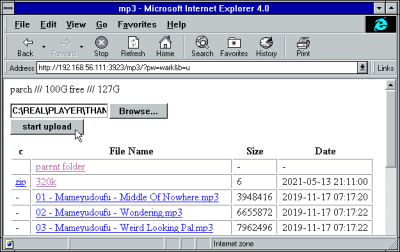
It’ll connect to anything, both in terms of the variety of protocols supported, and the browsers its web interface loads in. The GitHub documentation says browser support : “Yes”, which is pretty accurate going down the list. Sadly Copyparty’s pages do not work in NCSA Mosaic, but IE4 is A-OK.
There’s, FTP, TFTP, HTTP/HTTPS, WebDAV, SMB/CIFS, with unp/zeroconf/mdns/ssdp, etc etc. You need to check the readme for all features, some of which — like transcoding — are only available when dependencies such as ffmpeg installed on the server. Alternatively you can watch the video embedded below to get walked through the features. If the video whets your appetite, can also visit a read-only Copyparty server being demoed on a NUC sitting in [9001]’s basement.
Over the years we’ve seen plenty of folks create personal servers, but the focus is generally on the hardware side of things. While those with more software experience might prefer to configure the various services involved manually, we can definitely see the appeal of a project like Copyparty. In some ways it’s the inverse of the UNIX Philosophy: instead of doing one thing perfectly, this program is doing everything [9001] could think of, and doing it “good enough”.
Thanks to [pedropolis] for inviting us to the Copyparty via the tips line. Building a NAS? Writing software? Hardware?Whatever you do, the tips line is for you.



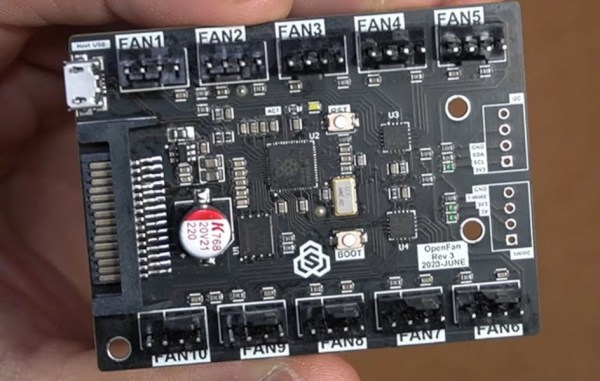
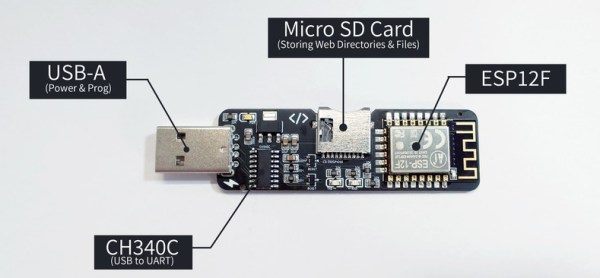
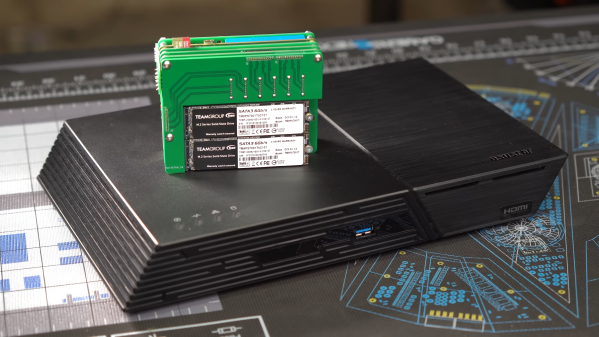
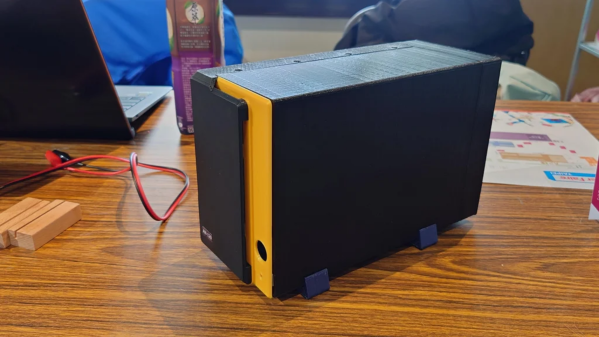
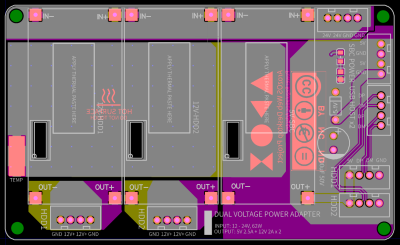 Assembling the device will need some planning and preparation, even though most of the hardware is off the shelf. You will need a SATA to USB 2.0 adapter, a SBC (Orange Pi Zero, Raspberry Pi 4, Orange Pi Zero 2, etc) , three buck converters — one each to provide 12 V to the two hard disks and a third to provide 5 V to the SBC. You’ll also need a 12 V / 6 A or 24 V / 3 A external power brick, or a USB-C 65 W GaN charger with a triggering module to set the desired voltage and current.
Assembling the device will need some planning and preparation, even though most of the hardware is off the shelf. You will need a SATA to USB 2.0 adapter, a SBC (Orange Pi Zero, Raspberry Pi 4, Orange Pi Zero 2, etc) , three buck converters — one each to provide 12 V to the two hard disks and a third to provide 5 V to the SBC. You’ll also need a 12 V / 6 A or 24 V / 3 A external power brick, or a USB-C 65 W GaN charger with a triggering module to set the desired voltage and current.









